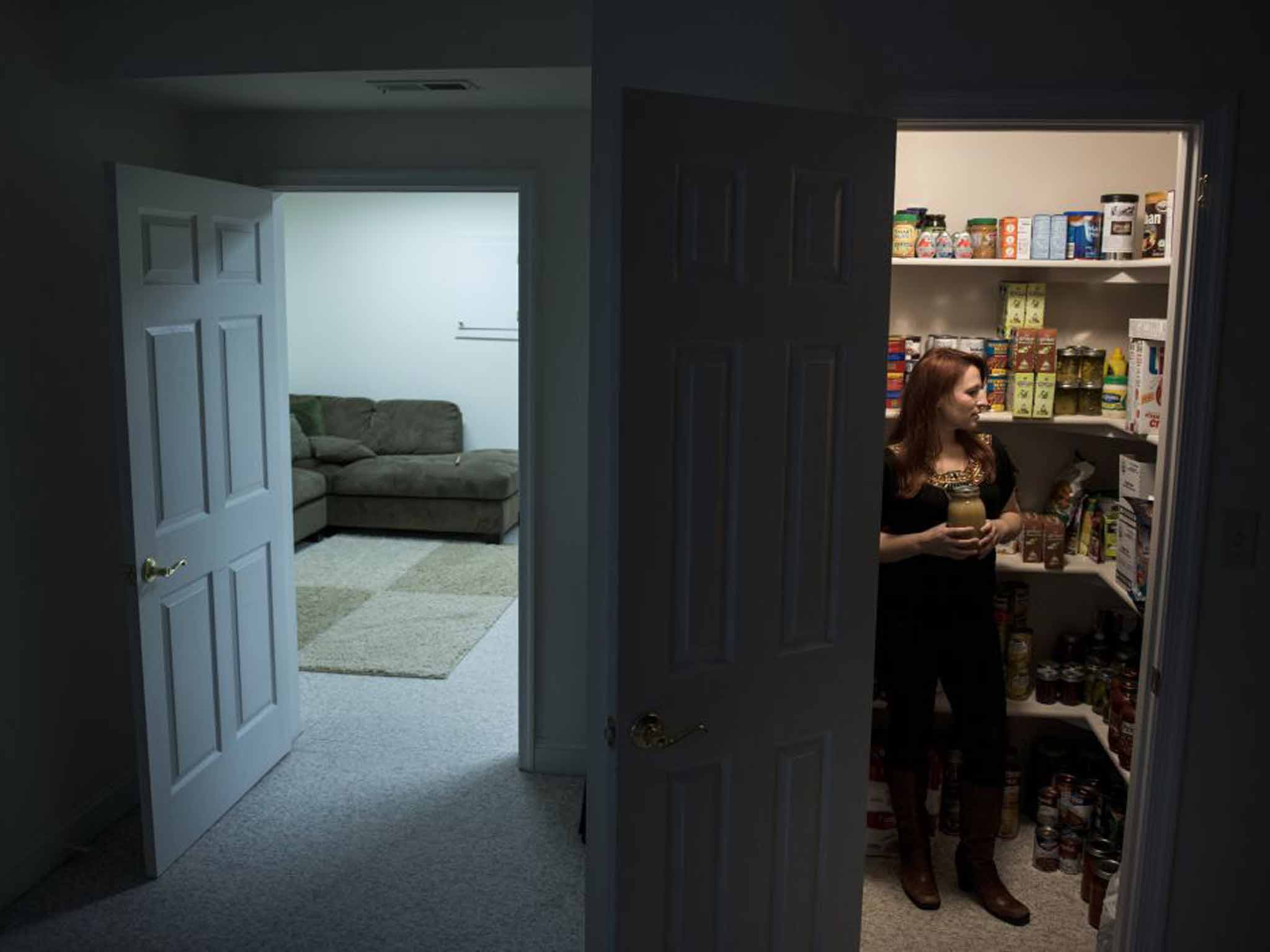Pinterest 'preppers': Why people preparing for the end of the world are sharing their survival skills online
The total volume of prepper pins is up 87 per cent this year and repins of prepping posts have nearly tripled

Pinterest has long been loved by homebuyers, wedding-planners, mums, narcissists and people who spend too much time on their hair.
Now you can add another, odder demographic to the list: "doomsday" preppers – usually American, a prepper is someone who is preparing for the end of the world – whose rabid interest in all things DIY actually makes for a pretty comfortable cultural fit.
Prepper Pinterest has exploded in the past year, according to the site itself: the total volume of prepper pins is up 87 per cent, and repins of prepping posts have nearly tripled. Leading preppers on the platform have racked up tens of thousands of followers. It's a sign, perhaps, that the much-maligned prepper movement has finally gone mainstream. One popular infographic, currently circulating among Pinterest's prepper ranks, depicts a "luxury bomb shelter" complete with scented oxygen tanks.
"When I first started prepping, Pinterest was where I did research," says Jane Baldwin, the powerhouse behind the blog "Mom with a Prep". "There were things I didn't know how to do – and Pinterest was this great reference."
Baldwin, whose first-ever blog post was actually about using Pinterest as a prepping resource, wants to make it clear that she isn't like those wild-eyed, camouflaged "doomsday preppers". ("We do not think the world is going to end," she stresses. "We do not have storerooms.") She admits that the prepper movement has its tinfoil-hat conspiracists, but the Pinterest strain of prepperism popular these days is more practical, more moderate – more kitschy, even.
Instead of preparing for a nuclear bomb or a total economic collapse, this branch of preppers cares more about basic emergency readiness – say, in case of a job loss or a natural disaster. And it involves less stockpiling and taking shelter than it does knowing how to feed and clothe yourself in case the shops are closed or you're short of cash.
This is not, needless to say, the vision of the prepper movement that the media has historically portrayed. Modern prepperism grew out of the survivalist movements of the 1980s and 1990s: isolationist, anti-government and conspiracy-minded, those groups did a lot to poison the public understanding of the more moderate preppers that would come after.
The first of those moderates surfaced with the Y2K craze in the late 1990s, stockpiling bottled water and loo paper "just in case". As the decade wore on, history would seem to affirm the prepper call for caution: both Hurricane Katrina and the recession exposed gaping holes in America's institutional safety nets and emergency response systems. In fact, Google tracks the first widespread use of the term "prepper" to the height of the recession.
"This was initially a label people didn't want," says Chad Huddleston, a cultural anthropologist who has spent the past six years studying America's midwest preppers. "But more and more lately, people are admitting it, they're kind of coming out of the prepper closet. They're not ashamed of the label any more."
"We've done a lot of research... that shows that the younger generations are even more entrepreneurial, empowered and hands-on," says Altay Sendil, a user -experience researcher at Pinterest. User data suggests it's a wide range of people, and not just self-described preppers, eating up prepper content. Pinterest has become the one safe space where a fringe movement and the mainstream intersect.
Preppers don't look so fringe these days, of course. Huddleston says that the vast majority of the movement's adherents are actually quite moderate: in thousands of interviews he has yet to meet a single one who owns a bunker or a Hazmat suit. And as more and more people become interested in stuff such as food preservation and handicrafts, prepping will look more normal still: it's already difficult to tell the difference between a Pinterest-style prepper and a DIY enthusiast.
"Who's a prepper and who's not comes down to the mindset: 'I need to know how to do this,' versus 'I want to know how to do this,'" Huddleston says. "It's a very small shift in attitude… If people knew the mundaneness of what's actually going on with most preppers, they wouldn't care about them." They might, however, still repin their tutorials on making home-made laundry detergent or recycling wood pallets. After all, that stuff is trendy right now – regardless of whether you believe in the apocalypse.
© The Washington Post
Join our commenting forum
Join thought-provoking conversations, follow other Independent readers and see their replies
Comments